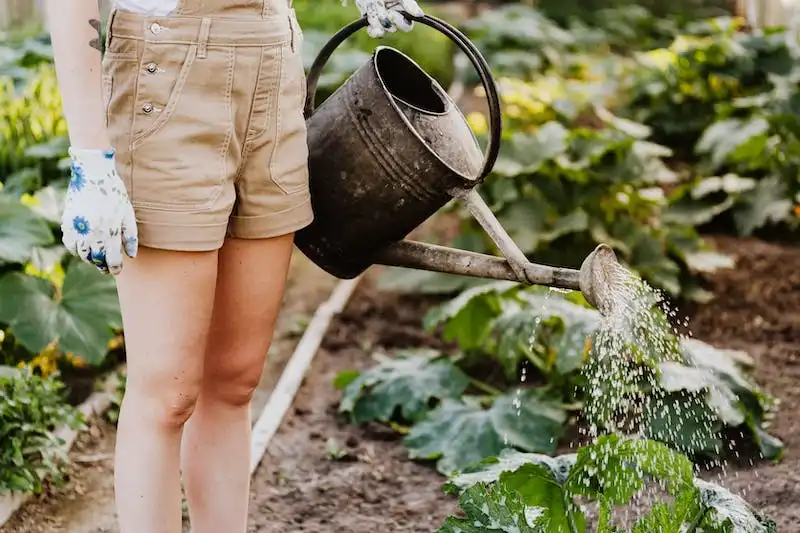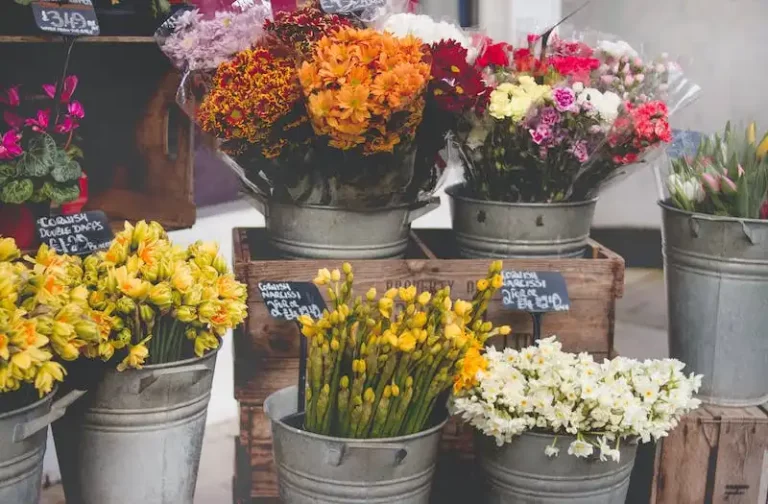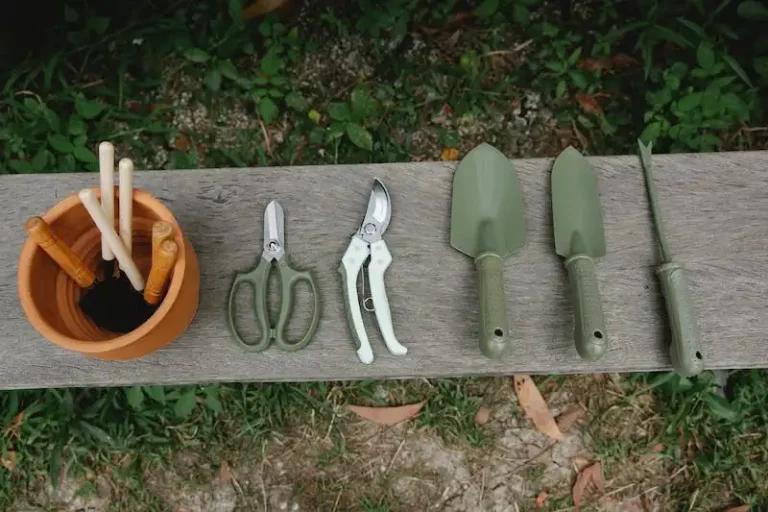The Spike Plant, also known as Dracaena Indivisa, is a beautiful and exotic plant that can add a touch of elegance to any garden or indoor space. Native to tropical regions, this plant thrives in warm and humid climates, making it ideal for those looking to create a tropical oasis in their own backyard.
One of the standout features of the Spike Plant is its unique tree-like habit and impressive height. While it can grow up to several feet tall indoors, it can reach even greater heights when grown outdoors in full sun. Its long and narrow leaves, resembling the spikes of a dragon, give it its distinctive look and name.
In terms of maintenance, the Spike Plant requires minimal care, making it an excellent choice for busy gardeners. It prefers bright indirect light and should be watered when the top inch of soil feels dry to the touch. Fertilizing should be done sparingly, as the Spike Plant can be sensitive to over-fertilization.
One of the great benefits of the Spike Plant is its ability to thrive in a wide range of conditions. It can tolerate temperatures as low as 55°F (13°C) and is hardy in USDA zones 9 to 11. However, it can also be grown in containers and brought indoors during colder weather in colder zones.
In addition to its stunning appearance and easy maintenance, the Spike Plant also offers some health benefits. It is known to improve indoor air quality by filtering out harmful toxins, making it a perfect choice for those looking to create a healthier living environment.
With its striking foliage and unique growth habit, the Spike Plant is a versatile addition to any garden or indoor space. Whether used as a specimen plant for a dramatic display or grouped together for a more eye-catching effect, the Spike Plant is sure to add style and elegance to any setting.
So why wait? Add a touch of tropical charm to your garden and enjoy the beauty of the Spike Plant all year round.
Spike Plant
The Spike Plant, also known as Dracaena, is a versatile plant that is commonly grown in gardens and as a houseplant. It is prized for its dramatic and eye-catching display of foliage.
Dracaenas are known for their long, stiff leaves that resemble spikes, which give the plant its name. They come in different sizes and have a variety of leaf textures, from broad and flat to narrow and arching.
This plant is relatively easy to care for and can tolerate a wide range of conditions. It prefers medium to bright light, but it can also adapt to lower light levels. It is important to keep the temperature around the spike plant consistent, as extreme temperature changes can cause leaf damage. An ideal temperature range is between 65°F and 75°F (18°C and 24°C).
The spike plant is fairly resilient and can withstand periods of drought. However, it should be watered thoroughly when the top inch or so of soil feels dry. Overwatering can lead to root rot, so it is important to ensure the plant is not sitting in water. The spike plant also benefits from occasional misting to increase humidity.
Fertilizing is important for healthy growth, and a balanced, water-soluble fertilizer can be applied every two to three months during the growing season. Signs of over-fertilization include brown tips on the leaves or a salt buildup on the soil surface. To remedy this, the plant should be thoroughly flushed with distilled water.
When it comes to maintenance, pruning is only necessary to remove dead or yellowing leaves. Repotting should be done every two to three years, or when the plant outgrows its current container. Dracaenas have a shallow root system, so they are best kept in shallower pots rather than deep containers.
One important thing to note is that dracaenas can be toxic to pets, so they should be kept out of reach. Additionally, dracaenas are susceptible to a few common pests, such as spider mites and mealybugs. Regularly inspecting the plant for signs of infestation and taking prompt action is key to keeping it healthy.
In conclusion, the spike plant, or Dracaena, is a popular choice for gardeners and houseplant enthusiasts alike due to its unique appearance, low maintenance requirements, and ability to thrive in a variety of conditions. Whether used as a focal point in gardens or as an eye-catching accent in indoor spaces, the spike plant is a beautiful addition to any collection.
Add eye catching height and texture
One of the great benefits of adding a Spike Plant to your garden or home is the eye-catching height and texture it provides. These plants are known for their tall, spiky leaves that add vertical interest to any space. They can be planted in the ground or in containers, making them versatile for any garden or indoor setting.
Spike Plants, also known as Dracaenas, come in a variety of sizes and forms. The most common varieties include the Dracaena marginata and Dracaena indivisa. Their striking foliage and unique growth habit make them stand out in any landscape.
When growing a Spike Plant, it’s important to provide the right care. They prefer bright, indirect light and well-draining soil. Watering should be done when the top inch of soil is dry, and it’s best to avoid overwatering as it can lead to root rot. Fertilize the plant with a water-soluble fertilizer every few months to ensure proper nutrition.
In terms of temperature, Spike Plants can tolerate a wide range of temperatures, but they do best in temperatures between 60-80 degrees Fahrenheit. They can be grown both indoors and outdoors, but care should be taken to protect them from extreme weather conditions.
Repotting is usually necessary every couple of years, as the plant tends to outgrow its container. Signs that your Spike Plant needs repotting include roots growing out of the drainage holes, a slower growth rate, or a general decline in the plant’s health. When repotting, choose a pot that is slightly wider and deeper than the current one.
Pruning can also be done to maintain the shape and size of the plant. Remove any yellow or brown leaves and trim back any overly long stems to encourage new growth. Pruning should be done with clean, sharp tools to prevent disease transmission.
Spike Plants are relatively low-maintenance when it comes to pests. They are generally resistant to common garden pests, but can occasionally be affected by spider mites or mealybugs. If an infestation occurs, it can be treated with organic pest control methods or a mild soap and water solution.
Overall, adding a Spike Plant to your garden or home is a great way to bring height and texture to your space. Their unique form and striking foliage are sure to catch the eye and add interest to any display. So why not add some spike and eye-catching foliage to your gardens or containers? These plants are not only beautiful, but also easy to care for and a sign of good luck!
HOW TO GROW DRACAENA PLANTS
Dracaena plants are popular houseplants known for their striking foliage and low maintenance requirements. They come in a wide variety of textures, forms, and colors, making them a versatile addition to any home.
To grow dracaena plants successfully, it is important to understand their basic growing conditions and care requirements.
- Light: Most dracaena plants prefer bright, indirect light. Avoid placing them in direct sunlight as this can cause the leaves to burn.
- Watering: Water dracaenas when the top inch of soil feels dry to the touch. Be careful not to overwater, as this can lead to root rot.
- Fertilizing: Fertilize dracaena plants once a month during the growing season (spring and summer) using a water-soluble plant fertilizer.
- Temperature: Dracaena plants prefer room temperatures between 60-75°F (15-24°C). They can tolerate slightly lower temperatures but may suffer damage if exposed to frost.
- Humidity: While dracaena plants can tolerate normal household humidity levels, they appreciate higher humidity. Mist the leaves regularly or place the pot on a tray filled with pebbles and water to increase humidity.
- Potting and soil: Use a well-draining potting mix to plant your dracaena. Repot them every 2-3 years or when the roots start to outgrow the current pot.
- Pruning: Prune dracaenas to maintain their shape and remove any dead or yellowing leaves. Regular pruning will also help to promote fuller and bushier growth.
- Pests and troubleshooting: Common pests that may affect dracaena plants include spider mites and mealybugs. If you spot any signs of infestation, isolate the plant and treat it with appropriate pesticide or insecticidal soap.
- Toxicity: Some varieties of dracaena plants, such as the dragon tree (Dracaena marginata), are toxic to pets if ingested. Keep them out of reach of cats, dogs, and other animals.
With their stunning foliage and easy care, dracaena plants can add a touch of lushness to any room. Whether you place them in striking containers to create height and contrast or grow them together for a wider specimen, dracaenas are sure to catch the eye.
So if you’re looking to add a lucky dracaena to your indoor plant collection, follow these simple tips and enjoy the beauty they bring to your home.
Image Source: Shutterstock
BASICS
Spike plants, also known as dracaena or sansevieria, are versatile and easy to grow tree-like plants that can add a striking element to any indoor or outdoor space. Some common names for these plants include snake plant, mother-in-law’s tongue, and dragon tree. The sleek and smooth leaves of spike plants come in various sizes, forms, and colors, such as green, yellow, and even variegated combinations.
| Light | Watering | Soil | Temperature | Humidity |
|---|---|---|---|---|
| Indoors: Bright filtered light | Allow soil to dry between waterings | Well-draining soil | 65°F to 80°F (18°C to 27°C) | Low to moderate humidity |
| Outdoors: Partial to full sun | Water when the top inch of soil is dry | Sandy, loamy, or clayey soil | 65°F to 85°F (18°C to 29°C) | Low to moderate humidity |
These plants are known for their low maintenance and resilience. They are especially great for beginners and busy individuals, as they can tolerate a wide range of conditions. Spike plants can be grown outdoors in USDA hardiness zones 9 to 11, or kept as indoor specimens in other zones. They are also excellent air purifiers, removing toxins such as formaldehyde and xylene from the air.
When it comes to watering, it is important to avoid overwatering, as this can lead to root rot. Watering once every 2-3 weeks is usually sufficient, but this can vary depending on the environment and temperature. As a general rule, it is better to underwater than overwater spike plants.
Propagation can be done through division of offsets or leaf cuttings. These plants require minimal pruning, but if desired, dead or damaged leaves can be trimmed to improve the overall appearance. Common pests that may trouble spike plants include spider mites and mealybugs, which can be controlled with insecticidal soap or a mixture of water and neem oil.
When choosing a pot for your spike plant, opt for one with drainage holes to prevent waterlogged roots. Using distilled water or allowing tap water to sit at room temperature for 24 hours can help reduce the fluoride level, as spike plants can be sensitive to high levels of fluoride. Fertilize your plant with a balanced, water-soluble fertilizer every 2-4 weeks during the growing season to provide the necessary nutrients.
Spike plants can be displayed in various ways, such as standalone specimens or as part of contrasting textures in gardens or containers. They can add height and a touch of exoticism to any space, making them a popular choice for interior decorators. However, it is important to keep spike plants out of reach of pets and children, as they can be toxic if ingested.
In summary, spike plants are easy to care for and have minimal maintenance requirements. By following these basic tips, you can ensure that your spike plant thrives and becomes a beautiful addition to your indoor or outdoor space.
Image credit: Shutterstock




